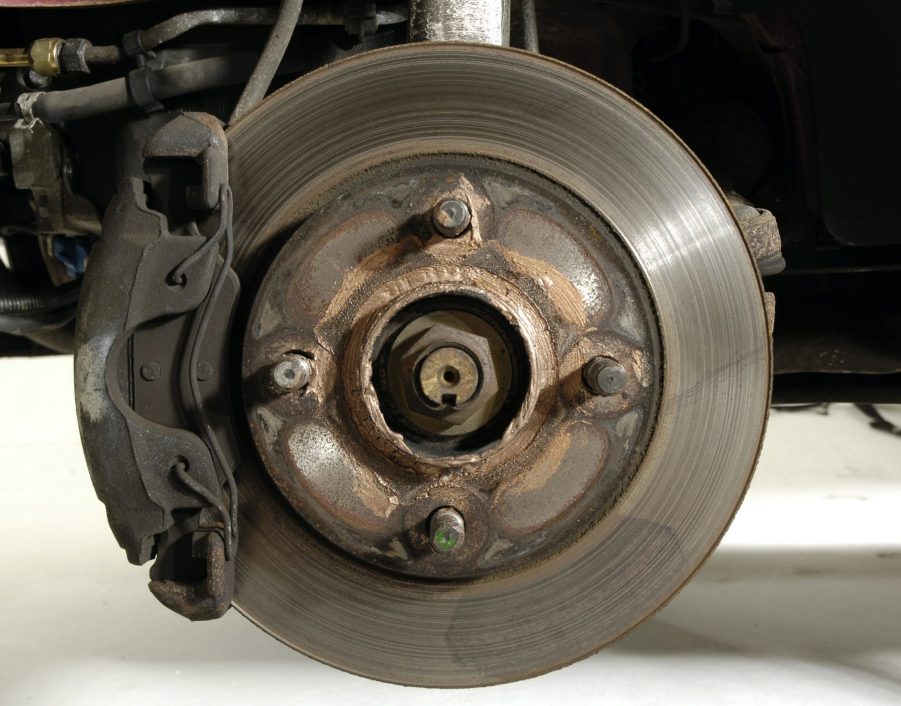
4 Common Brake System Problems In Winter Weather
If you live in an area where it snows regularly, or even occasionally, then you know that the frigid temperatures can really do a number on your car. Everything from the car’s engine and exhaust components to its suspension and paint, there’s almost nothing on the car that isn’t vulnerable to Mother Nature’s freezing wrath. The same is especially true for the car’s braking system, which can undergo a number of problems during the wintertime. Here are four of them.
Common Problem No. 1: Rusty Brakes

If you leave your car parked outside most of the time, then its brake system is vulnerable to the moisture in the air. Also, when driving it around in the cold weather and snow, the snow quickly turns into water and accumulates on your car’s brakes. According to Firestone, that moisture can then lead to rusty brake rotors and even cause pitting, which can wear away at the rotors over time.
In order to avoid rusty brakes, try not to park outside for prolonged periods of time if possible. If not, then you made need to get your car’s rotor resurfaced sooner rather than later.
Common Problem No. 2: Worn-out brake lines

While the brake fluid in your car’s brake lines has a freezing temperature of -40 degrees Fahrenheit, repeated exposure to the outside elements can end up cracking the lines. When that happens, moisture can get into the brake lines and mix with the fluid. And since water has a freezing temperature of only 32 degrees Fahrenheit, it can really mess things up.
As such, if your car brakes don’t “let up” and allow you to accelerate the car like it normally does, then it’s possible that water has mixed with the brake fluid.
Common Problem No. 3: Worn brake pads

Another common brake system problem includes worn-out brake pads. Road salt and snow can wear out the car’s brake pads more quickly and cause them to corrode.
Common Problem No. 4: Glued-on brakes

As we know by now, moisture is the enemy when it comes to your car’s braking system. One of the biggest problems, when moisture gets between the components of brakes, is when they end up seizing or getting “glued.” When your car’s brakes are glued on, the car won’t be able to move freely and you may end up needing to take it to a professional for help as it’s not safe to drive with a stuck brake caliper.
Getting a brake inspection is important
While these are the four most common brake system problems that can happen during winter driving, they don’t have to happen to you. In order to prevent any of the aforementioned issues, it’s important to have a brake inspection done on your car before or during the winter season. By ensuring that your car’s brakes are up to par, you’ll not only be able to avoid having any of these issues, but you’ll also be safer when it comes to stopping during the harsh winter conditions.



